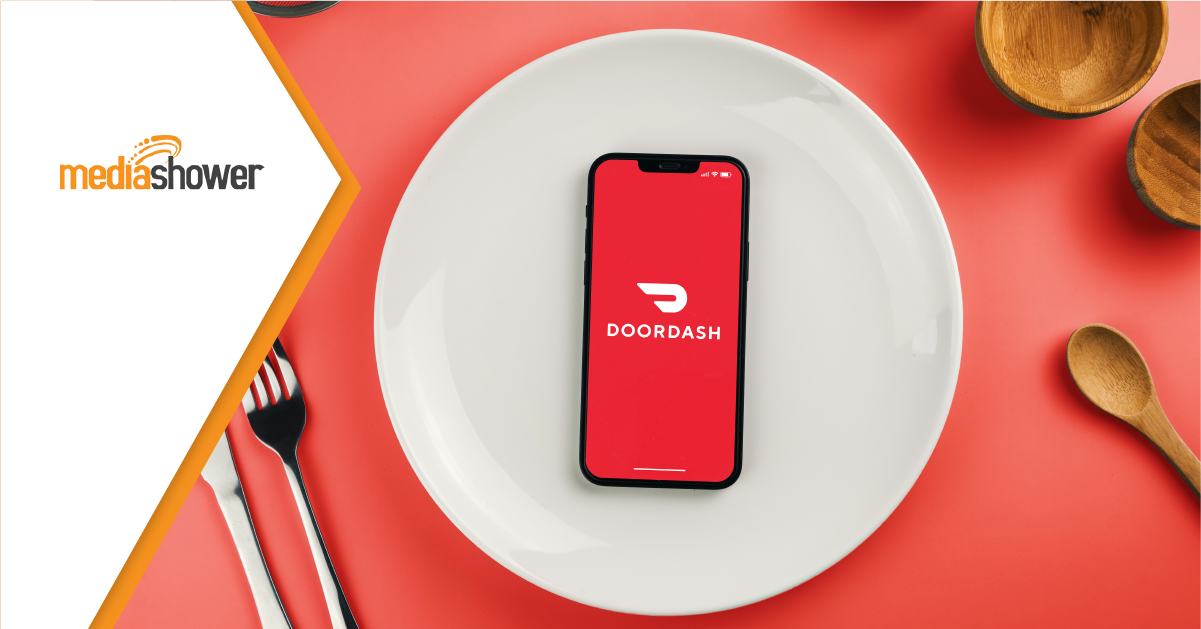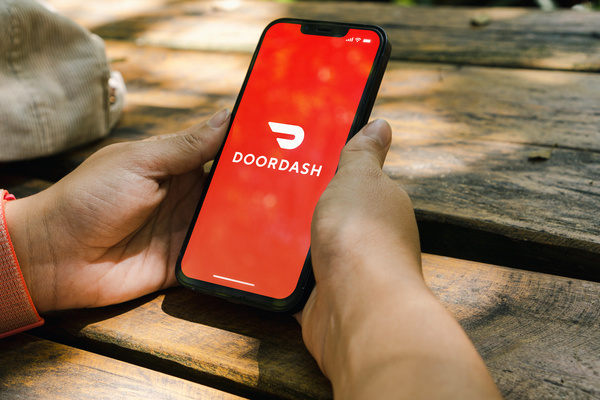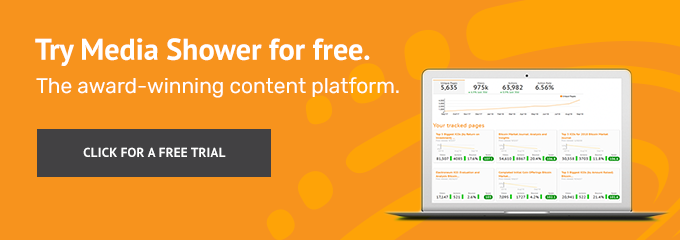
TLDR: DoorDash uses technology to target the best markets. Data-driven decisions allow them to deliver a great deal to restaurants and customers.
So what? DoorDash is a model of how businesses can operate in the 21st century. Businesses can leverage their information technology to pick the right markets to lead.
In 2016, DoorDash was a tiny player. It held less than 10% of the market share of the food delivery industry. By comparison, reigning king GrubHub held over 70% of the market.
Fast forward to 2022 and the situation has practically reversed. DoorDash accounts for 59% of food delivery sales. GrubHub, only 13%.
Disruption in free market capitalist economies can happen fast, but how did the delivery industry change that much?
DoorDash’s secret lies in its intelligent use of data and technology to identify and target the best markets. Along the way, it became a valuable asset to its partners, cementing loyal ties with local restaurants. Some of its strategies include:
- Data-driven partnerships
- Identifying underserved markets
- Multichannel marketing
- Audience segmentation
DoorDash’s strategy works. In 2021, its revenues totaled $4.8 billion.
Data-Driven Partnerships
Large corporations are drowning in data, but smaller businesses, like independent restaurants, may not have the ability to gather or process that much data.
In partnering with local restaurants, DoorDash provides a valuable service: data-driven insights to smaller partners. These partners can then understand and tap into a larger market than they normally would.
This information includes consumer insights, like where and when a certain type of food is popular. Restaurants can optimize their operations to revolve around where and when demand is high.
Partnerships like these are like mutual symbiosis in the natural world. Both parties can benefit from the relationship. Positive aspects include:
- Cementing a loyal restaurant-delivery relationship.
- Gathering more data.
- More restaurants on DoorDash’s system.
- More customers for independent restaurants.
Business is all about making strong relationships. This includes business to consumer as well as business to business. DoorDash embraces this fact by fostering valuable relationships with partners.
Identifying Underserved Markets
Until recently, food delivery in the U.S. was limited mostly to large cities. These cities were more compact and had higher demands for delivery.
That’s why DoorDash’s competitors Uber Eats and GrubHub mostly operated in metropolitan areas as late as 2018, but DoorDash quietly snuck in and stole the untapped markets: suburbs and rural areas.
How did it do this? Once again, DoorDash leveraged modern information technology.
Figuring out a logistics system for food delivery in sparsely populated areas would be impossible by hand. By harnessing map and demographic data, DoorDash could determine which neighborhoods would likely use its system.
The results were massive. Competing in established markets is hard and offers little reward. Identifying and tapping into a completely underserved market is a recipe for success.
Having a larger market is also a great way to reduce fragility. If a region fails, there are thousands more just like it to try instead.
To date, DoorDash offers delivery in over 4,000 cities in North America, meaning its market is wide and diverse. Although some niche products have already completely saturated their markets, many businesses can make more money by finding new markets.

Multichannel Marketing
Modern technology enables digital experiences that weren’t even imaginable 20 years ago. DoorDash takes advantage of this to craft unique, entertaining experiences that grab attention.
In 2019, DoorDash unveiled a “PopUp” integrated marketing campaign. This campaign combines social media, digital, out-of-home, TV, and even radio into one experience.
By casting such a wide communications net, DoorDash could reach as many people as possible. This is a great example of not putting all your eggs in one basket.
It is especially valuable because all demographics need food. That means DoorDash could potentially sell to people who could only be reached by television or could only be reached by social media.
Businesses can learn from DoorDash by maximizing their marketing communications across all channels. Fifty years ago, we had phones, TV, radio, and snail mail. Today, we have email, SMS, online ads, and social media. These modern digital channels can be optimized with data-driven insights.
Audience Segmentation
Audience segmentation is one of the most valuable tools granted by DoorDash’s data technology. It gives the company the ability to target its services at a fine-grained level and show people the food they are most likely to eat first.
This is one of the ways the symbiotic relationship between DoorDash and its partner restaurants helps both parties. More restaurants mean more orders and more data for DoorDash. More data means more insights that can be shared with partners, allowing them to optimize operations for their markets.
Audience segmentation is a tool that nearly any consumer product business can take advantage of. Different demographics may buy a product for different reasons and may even be willing to pay different prices for them. Hence the phenomenon of discount “off-brand” cereal that is identical to name-brand counterparts.
Marketing Your Product Like DoorDash
DoorDash is a modern company. The way it works could not have even been attempted 20 years ago. That means its ideas are fresh and applicable to many industries.
The key factor is data. This enables businesses to identify untapped markets and target the right demographics with marketing. Having more data makes a business better for partnering with other businesses.
However, there is a chicken-and-egg problem: To get the large quantity of data DoorDash works with, you have to be a large company to begin with. The only way DoorDash could rapidly grow to its present size was through the use of such data.
DoorDash had a lot of help in bootstrapping operations from startup accelerators like Y Combinator. If your business is too small to gather and analyze large quantities of data, this path could be useful for you as well. With enough data, you too can generate insights into where to best apply your resources.
Media Shower helps brands build customer engagement strategies to fit their needs. We know how to communicate with your customers. Like DoorDash, our team uses your data to help craft a unique plan for you. Click here to try the award-winning Media Shower content platform for free.
